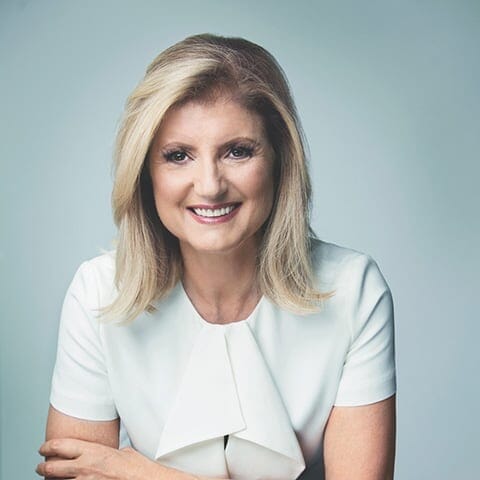 author
authorDiscover the Best Books Written by Edmund de Waal
Edmund de Waal is an artist who writes. Much of his work is about the contingency of memory: bringing particular histories of loss and exile into renewed life. Both his artistic and written practice has broken new ground through their critical engagement with the history and potential of ceramics, as well as with architecture, music, dance, and poetry. De Waal continually investigates themes of diaspora, memorials, and materiality with his interventions and artworks made for diverse spaces and museums worldwide.
Significant sites include the Museo Ebraico and Ateneo Veneto for his two-part project, psalm, which coincided with the Venice Biennale in 2019. The latter held de Waal’s most ambitious work to date, the library of exile: a pavilion of 2,000 books – most in translation - written by exiled writers from Ovid’s time to the present day. Following its presentation in Venice, the pavilion traveled to the Staatliche Kunstsammlungen Dresden, Germany, in 2020 and then to the British Museum London. In 2021 the books were donated to the University of Mosul library in Iraq, which was destroyed in 2015.
De Waal’s first architectural intervention in America was held in 2018 at the Schindler House in Los Angeles. Titled —one way or another—the exhibition included works responding directly to the materials and spaces of the house as well as a sound piece conceived with the composer Simon Fisher Turner. The following year saw the first exhibition of contemporary art, elective affinities, open at The Frick Collection in New York. The artist created a series of site-specific installations in response to the museum’s masterpieces, its spaces, and history.
Other major museum interventions include white island at MACE, Ibiza (2018) and during the night at the Kunsthistoriches Museum, Vienna (2016), an exhibition on anxiety curated from their permanent collections. Kneaded Knowledge: The Language of Ceramics, a group exhibition co-curated with Ai Weiwei exploring the history of clay, was shown both at the National Gallery in Prague and Kunsthaus, Graz (2016). In 2021, de Waal was invited to curate an exhibition of Henry Moore’s work at the artist’s former home in Hertfordshire. The first exhibition of its kind, visitors were invited to touch a collection of Moore’s sculptures.
De Waal is also an acclaimed writer, best known for his family memoir, The Hare with Amber Eyes: A Hidden Inheritance, published in 2010. Whilst the story traces the ascent and decline of the Ephrussi family – a once wealthy Jewish dynasty – it is also a biography of their collection about loss, diaspora, and the survival of objects. An international bestseller, the book has won many literary prizes, including the RSL Ondaatje Prize and the Costa Biography Award, and has been translated into over 30 languages.
In 2016, it was chosen as the Independent Bookshop Week’s Book of the Decade. In 2021, 100,000 free copies were distributed across Vienna as part of the city’s Eine STADT. Ein BUCH initiative. That same year, an exhibition based on the book occurred at The Jewish Museum in New York.
Other celebrated titles include The White Road: a pilgrimage of sorts (2015), de Waal’s journey across continents, and time to follow the history of porcelain – a cultural obsession spanning a thousand years. From 2013-2015, a series of projects and events were held to coincide with its publication, including white at the Royal Academy of Arts, London (2015) and On White at the Fitzwilliam Museum, Cambridge (2013).
De Waal’s most recent book, Letters to Camondo (2021), is a haunting sequence of personal letters written to Count Moïse de Camondo (1860-1935), the owner of a Parisian palace on the rue de Monceau and neighbor to the author’s forebears, the Ephrussi. Filled with beautiful objects, it became a memorial to the Count’s son Nissim, who died in WWI. Bequeathed to France as the Musée Nissim de Camondo, the house has remained unaltered since 1936.
Following an invitation to explore the museum’s archives and collections, de Waal’s resulting book and accompanying exhibition uncovered new layers of the family story. Previous publications include The Pot Book (2011), 20th Century Ceramics (2003), and de Waal’s critical study on Bernard Leach for Tate (1997).
Writers and poets have been constant touchstones for de Waal’s installations too – from Paul Celan, Emily Dickinson, and Wallace Stevens to John Cage and Walter Benjamin, most profoundly so for his solo exhibitions; their bright traces (2022) at the Gana Art Center, Seoul; a sort of speech (2019) and Irrkunst (2016) at Galerie Max Hetzler, Berlin; breath, Ivorypress, Madrid (2019); the poems of our climate, Gagosian, San Francisco (2018); and Atemwende, Gagosian, New York (2013).
Best author’s book





















